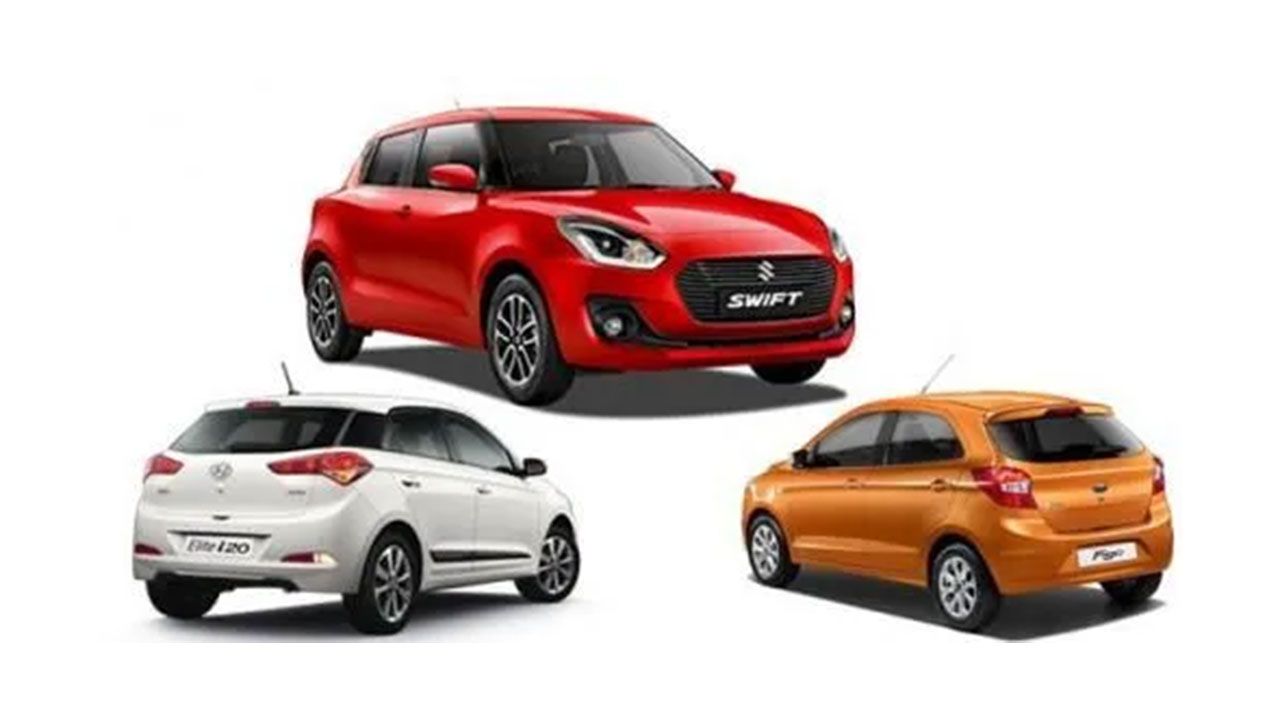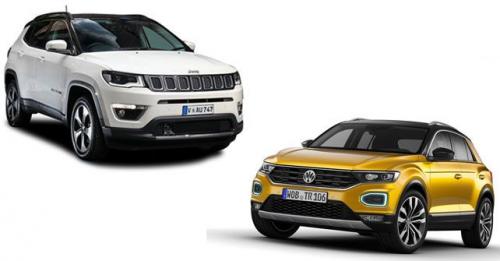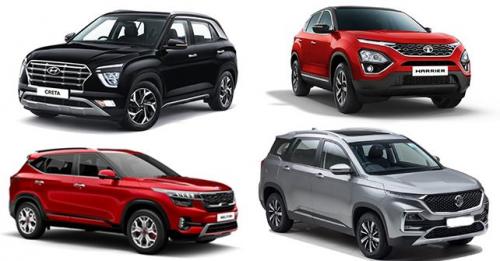
The Swift has always been perceived and marketed as a 'sporty' model, we take a look at how it fares against the fun to drive diesel Hyundai i20 and Ford Figo.
The Swift has been an all-time bestseller for Maruti Suzuki ever since it hit the market in 2005. Its been on the top ten on the sales charts for ages, despite newer models and stiffer competition in cross segment battles. Part of its success is down to the Maruti Suzuki badge with its reliability and low running costs but a huge chunk of that demand is down to the fact the ever since day one, the Swift has been marketed and perceived as a trendy, cool and sporty car.
And now there is a new model, one that carries forward on the same traits while expanding on its capabilities. Built on the new heartech platform, the Swift for the first time comes with a decently spacious cabin that can seat rear passengers more comfortably and has a boot that is 28 per cent bigger than the previous model. The new platform means that the Swift also rides better now with a more comfortable ride, the flipside is that some of those sharp handling traits are gone. While that is in the interest of the evolution of the car, we look forward to a head to head battle with the rest of its rivals to see if the Swift is still the most spirited car of the lot. Until then, here is an on paper comparison of how the new diesel Swift will stack up against its rivals that are fun to drive – the Ford Figo and the Hyundai i20.
| 2018 Swift | Ford Figo | Hyundai i20 | |
| Engine (cubic capacity) | 1,248cc | 1,498cc | 1,396 |
| Cylinders | 4 | 4 | 4 |
| Valves | 16 | 8 | 16 |
| Air charging system | Fixed Geometry Turbocharger | Fixed Geometry Turbocharger | Fixed Geometry Turbocharger |
| Power | 74bhp @ 4,000 rpm | 99bhp @ 3750 rpm | 89bhp @ 4,000 rpm |
| Torque | 190Nm @ 2,000 rpm | 215Nm @ 1,750-3,000 rpm | 220Nm @ 1,500 - 2,750 rpm |
| Gearbox | 5-speed Manual / AMT | 5-speed Manual | 6-speed Manual |
| ARAI efficiency rating | 28.4 km/l | 25.83 km/l | 22.54 km/l |
| Drivetrain | Front-wheel drive | Front-wheel drive | Front-wheel drive |
As you can see here, if we were to compare the Swift to the most fun to drive rivals in its segment and price band, the Maruti turns out to be the least powerful car of the lot. The Figo has been the most powerful car in its segment and undoubtedly feels the most engaging from behind the wheel. And then there is the S model with bigger wheels and stiffer suspension setup that is aimed at the enthusiast.
The i20 comes in second in the power game and feels extremely refined. But it does fall behind on the efficiency front, it is also the heaviest car.
The Swift meanwhile may be down on power, but it is the lightest car here and that should allow it to better its performance despite its low power and torque figures. But we have to keep in mind that the Figo’s powertrain is fantastic all round and has very little turbo lag.
So, while we look at the numbers for now, an out and out performance test will confirm how each of these performs against each other in the real world.
| Dimensions | |||
| 2018 Swift | Ford Figo | Hyundai i20 | |
| Length | 3,840mm | 3,886mm | 3,985mm |
| Width | 1,735mm | 1,695mm | 1,734mm |
| Height | 1,500mm | 1,525mm | 1,505mm |
| Wheelbase | 2,450mm | 2,491mm | 2,570mm |
| Ground Clearance | 163mm (new norm) | 174mm | 170mm |
| Boot space | 268 litres | 257 litres | 285 litres |
| Turning radius | 4.8 meters | 4.9 meters | 5.2 meters |
| Kerb weight | 985kg | 1,041 kg | 1,222 kg |
| Fuel Tank capacity | 37 litres | 40 litres | 45 litres |
| Tyre size | 185/65 R15 | 175/65 R14 | 195/55 R16 |
A glimpse at the dimensions tells us that the new Swift has grown from the previous car but the others are still larger and offer more cabin space for rear seat passengers. Especially the i20 that is the longest car here by quite a margin, has the longest wheelbase and the biggest boot of the lot. The Figo meanwhile should suit tall passengers the best.
It is also worth noting that the Swift has the smallest fuel tank here, but it has the highest rated fuel efficiency here at 28.4 km/l.
| Equipment | |||
| 2018 Swift | Ford Figo | Hyundai i20 | |
| Climate control | Yes | Yes | Yes |
| Steering mounted audio controls | Yes | Yes | Yes |
| Touch screen infotainment system | Yes | No | Yes |
| Voice commands for stereo | Yes | Yes | No |
| Keyless entry | Yes | No | Yes |
| Keyless start / stop | Yes | No | Yes |
| Average fuel efficiency display | Yes | Yes | No |
| Distance to empty | Yes | Yes | Yes |
| Rear view camera | Yes | No | Yes |
| Rear parking sensors | Yes | No | Yes |
| ABS with EBD | Yes | Yes | Yes |
| Airbags | 2 | 6 | 2 |
| Leather wrapped steering wheel | Yes | No | Yes |
| Leather wrapped gear knob | No | No | Yes |
In terms of equipment, the Swift and i20 are more or less on par. But while the i20 misses out on the average fuel efficiency computer (we suspect this since Hyundai's diesel cars are less about mileage and more about performance) and voice commands for the stereo, the Swift misses out on niceties such as high rent trim materials and a leather wrapped gear knob. The Figo meanwhile falls behind on the niceties department without leather, keyless entry or engine start / stop, a touch screen infotainment system, rear view camera and sensors, etc. But its ace up its sleeve is segment leading safety with six-airbags – denoting a very safe structure as well.
So, if its safety you want, the Figo wins, if its toys you are after the Swift is the car for you and if it’s a nice cabin you want, the i20 wins hands down with a high rent cabin with good quality plastics and switchgear.
As for drive dynamics and performance, like we said, we will have conduct a proper test for it once the cars are available together.


























Write your Comment